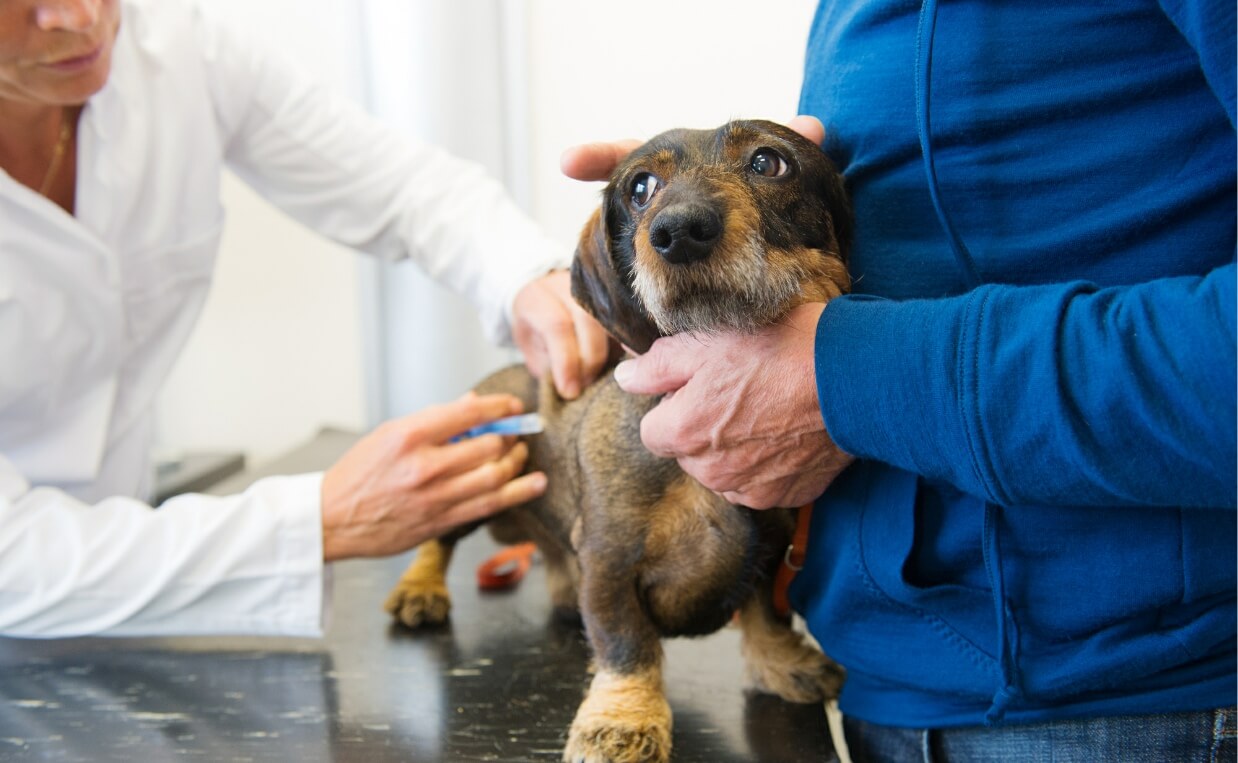
Fear of going to see the vet is a common anxiety in dogs. Even the most easy-going dog may display fear and anxiety when visiting the vet.
While your dog may never learn to love a trip to visit the veterinarian, there are steps you can take to help calm your dog’s anxiety when he or she senses a vet visit is imminent.
Here are ten tips for helping your dog with his or her fear of visiting the vet.
What To Do Beforehand
-
Help your dog get comfortable being touched
Your pup needs to be comfortable being touched. Dogs aren’t naturally comfortable having their tails lifted, belly prodded, feet and nails touched. Spend time each day getting your dog used to these actions. Once your dog is accustomed to being touched by you, he or she will feel more at ease at the vet’s office.
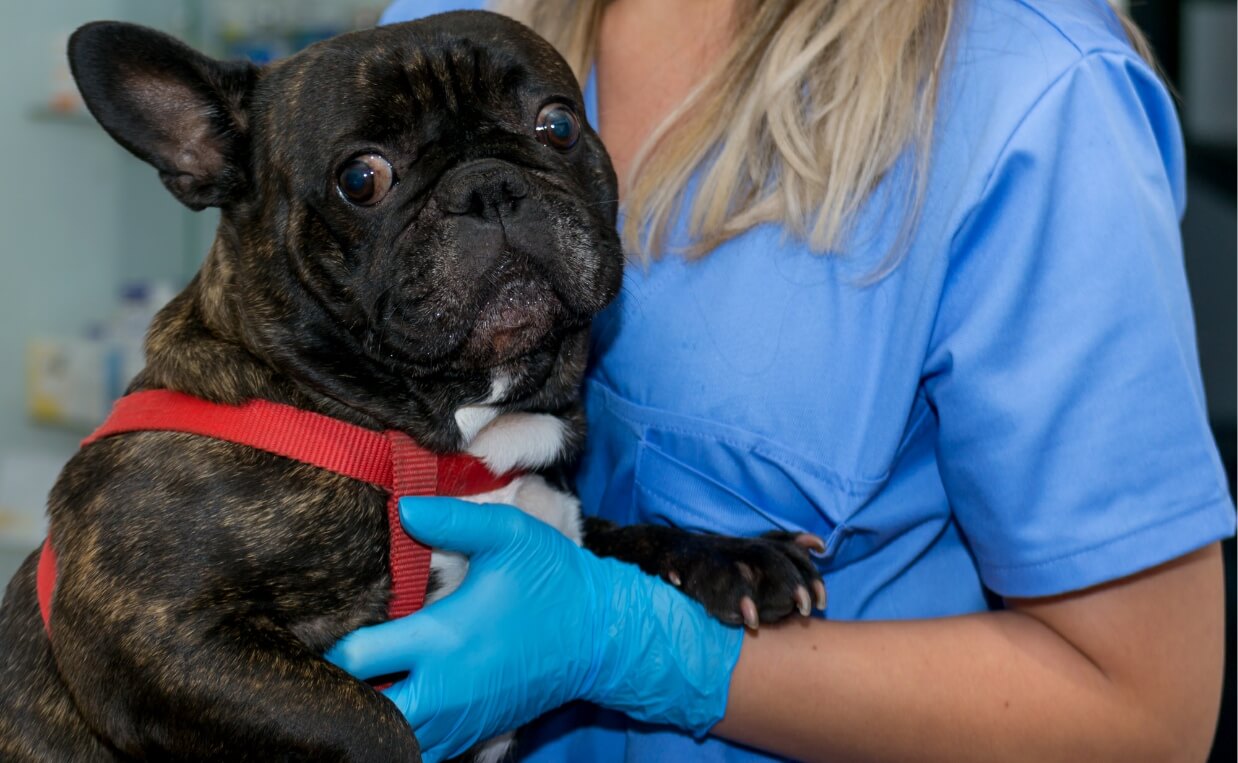
-
Take some car rides
If your dog isn’t used to riding in a car, take several short trips beforehand – preferably ending with a fun event like a walk in the park. If your dog will be traveling in a crate, make sure he or she is familiar and comfortable with the carrier.
-
Visit the vet’s office ahead of time
If it’s at all possible, stop by your vet’s office ahead of time to help your pup become familiar with the scents, sounds, people and other animals. Remember a veterinarian’s office is full of strange scents. An early visit will give your dog a chance to form a positive association with the office.
-
Consider an anxiety aid
Some dogs do well with an anxiety aid, such as a calming collar, pressure wrap, herbal supplements, pheromone sprays, calming supplements, CBD oil, and other anxiety aids. You may need to try different aids in order to what works for your dog.
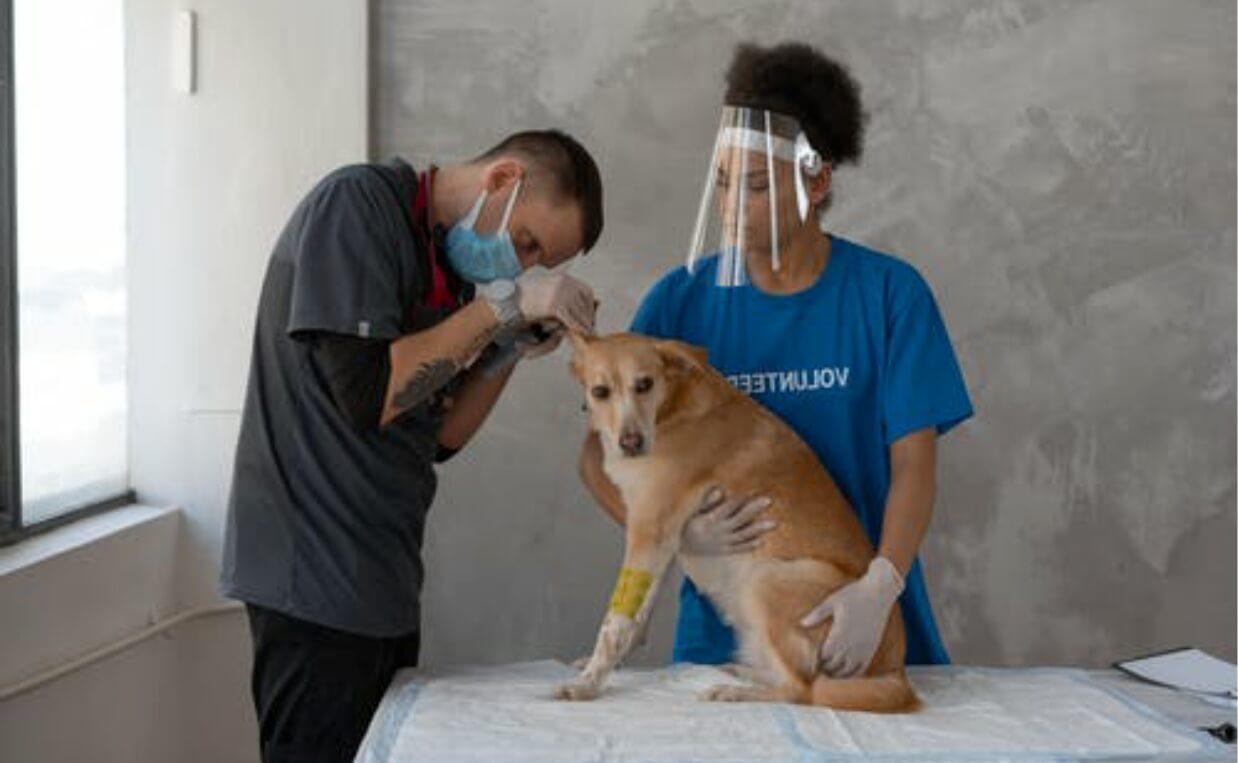
-
Stay aware of your dog’s symptoms
Since your dog can’t talk to the doctor, you will need to be vigilant and make a list of any symptoms your dog may be experiencing. Keep track of anything that seems out of the ordinary. This can help you be more calm and prepared for the visit.
What To Do the Day of the Appointment
-
Check your own anxiety
On the day of the visit, it’s really important you remain calm because your dog will pick up on your anxiety. Even if you have to fake it, put on a happy face and try to stay cheerful. As much as possible, stick to your regular routine.
-
Exercise your dog before the appointment
Physical activity helps dogs with all kinds of dog behavioral issues. Exercise will help wear your dog out before the veterinary appointment. Before your visit, go for a long walk or play fetch for an hour at the park. Whatever physical activity your dog enjoys, do it.
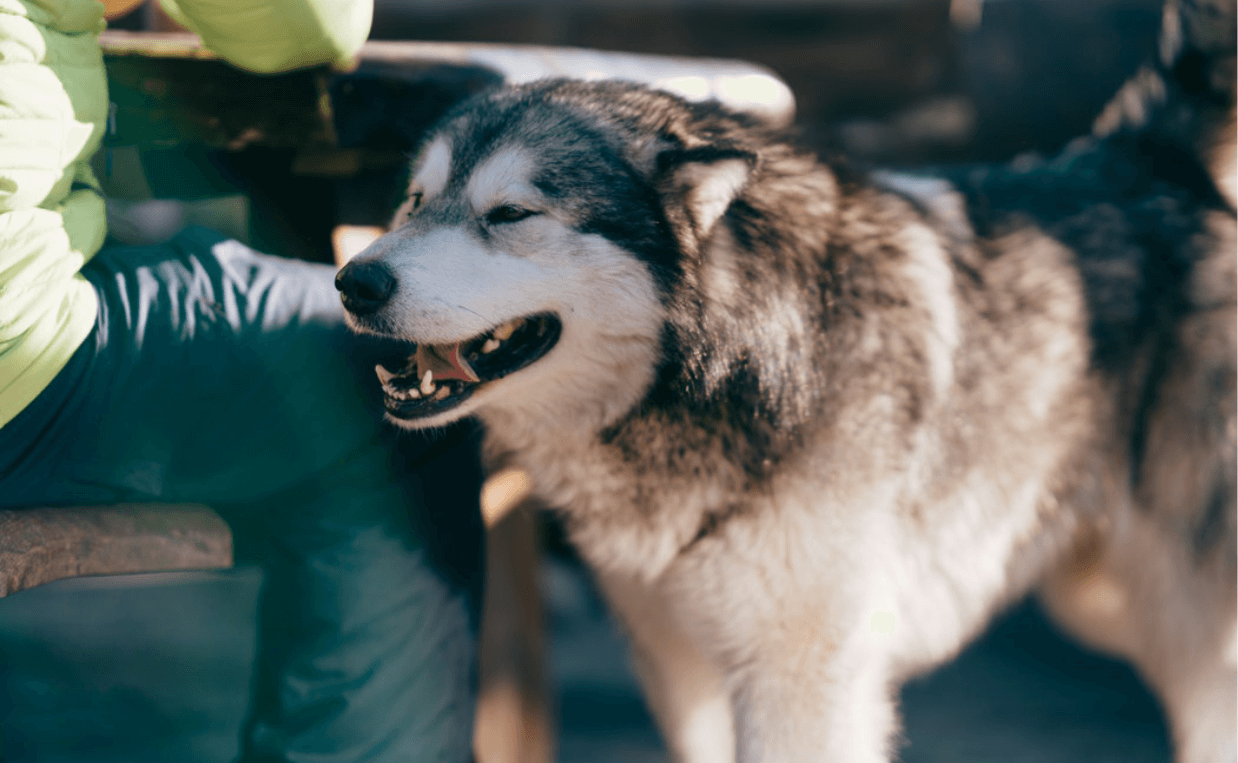
-
Bring your dog’s favorite treats
Most dogs prefer certain treats over other treats. These will be more effective if your pup is a little hungry. If possible, hold off on feeding before you go.
-
Resist petting your dog
If your dog displays nervousness during the veterinarian visit, resist the urge to pet him or her and tell him everything will be OK. This will only reinforce your dog’s anxiety because he or she will think you’re rewarding his or her anxious behavior.
-
Ask questions
Be sure to ask lots of questions while you’re at the veterinary office. Don’t be shy – if your veterinarian prescribes medication for you dog, and you’re not sure how to give it to your dog, ask for a demonstrate the correct way to administer it.
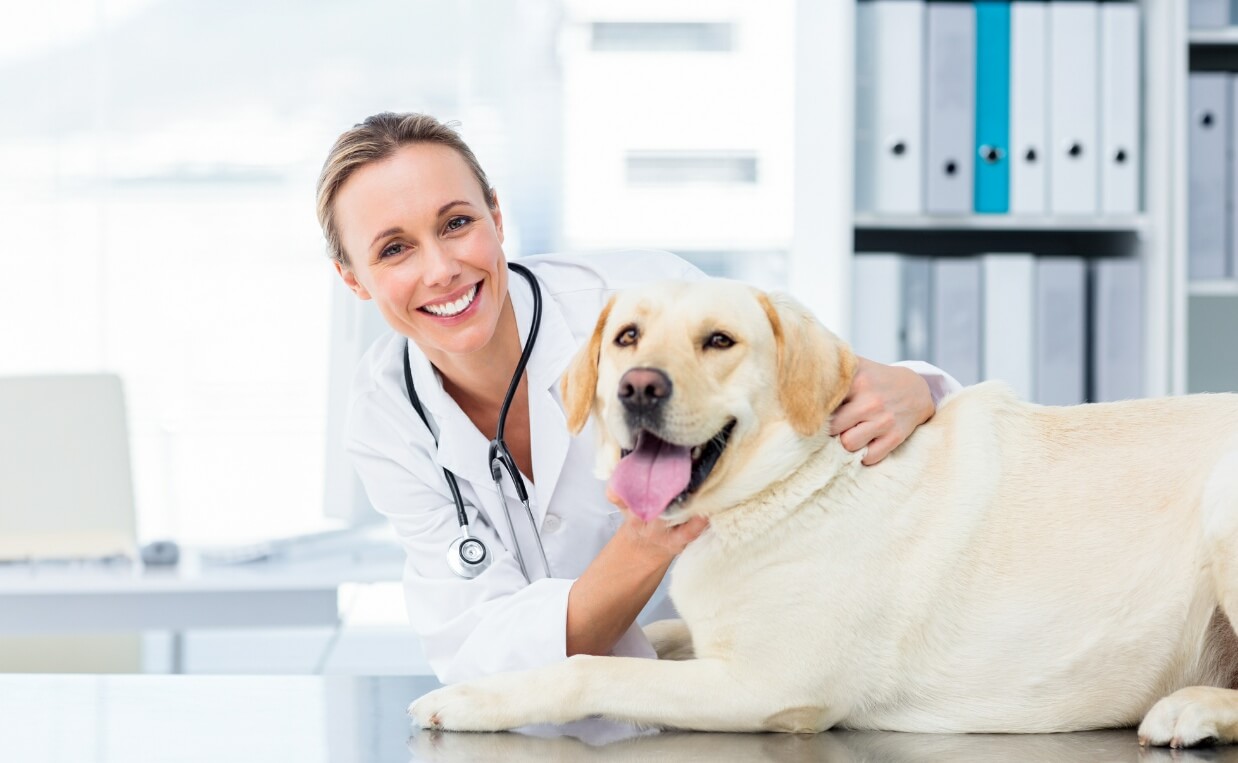
It’s important you understand your dog won’t immediately get over being afraid of the vet no matter what steps you take, so exercise patience and be consistent. Talk to your vet for help with the situation. The vet and her staff truly want to help your dog, but communication is essential. If you and your vet can’t get your dog past his or her fear, medication such as trazodone may be required.
Have you found a way to help calm your dog before a veterinary visit? Please share what works for you and your dog in the comments below…

 Signs Your Dog is Stressed and What To Do About It
Signs Your Dog is Stressed and What To Do About It 14 Best Dog Anxiety Toys to Keep Your Dog Calm
14 Best Dog Anxiety Toys to Keep Your Dog Calm 10 Tips to Make Moving with Dogs Easier
10 Tips to Make Moving with Dogs Easier Why Do Dogs Pant: Unraveling the Mystery Behind This Canine Behavior
Why Do Dogs Pant: Unraveling the Mystery Behind This Canine Behavior 10 Tips to Help Your Dog Be a Good Neighbor
10 Tips to Help Your Dog Be a Good Neighbor






Leave a Reply